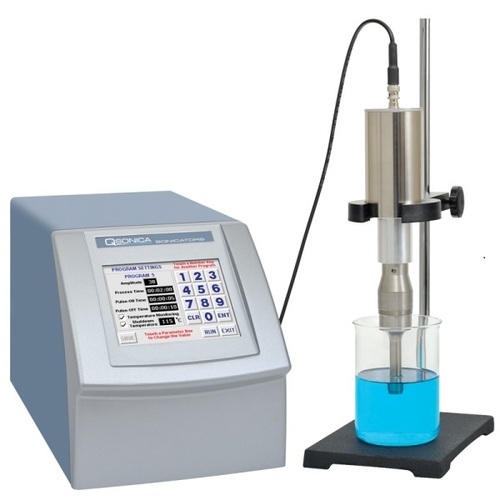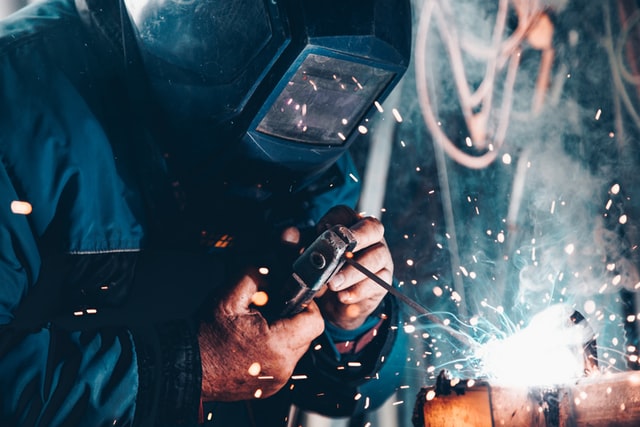You’ve probably heard that ultrasonic welding has become popular for plastic. Ultrasonic plastic welding works when a vibrating tip connects with the workpiece. Energy from the tip flows through the workpiece and generates heat. This melts the plastic to form a weld. Although this seems simple enough, ultrasonic boosters and other parts make this complex welding machine work.
Transducer
The transducer provides ultrasonic vibrations by using piezoelectric converters to create mechanical movement from electrical energy. It consists of several polycrystalline ceramic plates separates by thin pieces of metal that are clamped together and held under high amounts of pressure. When a current is applied, an electric field is produced that changes the ceramic elements’ thickness. The result of this change is a pressure wave. The wave then flows through the transducer and is reflected by each end, creating movement. Depending on what you are welding, this part could require anywhere from 50 to 3000 Watts of power.
Booster
The primary function of the booster is to alter the gain of the probe. It can either amplify or reduce the gain. This ensures the proper power is achieved for the unique welding situation. If the probe does not need its gain altered, then welders will place a neutral booster on the transducer to attach the horn. Another job of the booster is to strengthen the ultrasonic stack.
The booster is placed between the transducer and the horn. This part can be clamped and secured to the transducer. Here, it serves as a mounting location for the horn. The horn will always be mounted to the transducer because the result is a stronger stack. These parts, when combined, are called an ultrasonic probe stack.
Horn
The horn is the acoustic waveguide that amplifies and focuses the vibrations produced by the transducer onto the workpiece. The horn’s three primary functions are to transfer the mechanical movement from the transducer to the workpiece, amplify the vibrations, and apply the necessary pressure to form a substantial weld. Each horn is specially manufactured to vibrate at a set kHz ranging from 15 to 70. These horns range in size. Higher frequencies require shorter acoustic wavelengths and smaller horns. For instance, a 30 kHz horn will be half the size of a 15 kHz horn.
While the welding process may be simple, the machine that produces the energy is complex. These are just the basic parts that make it work.




